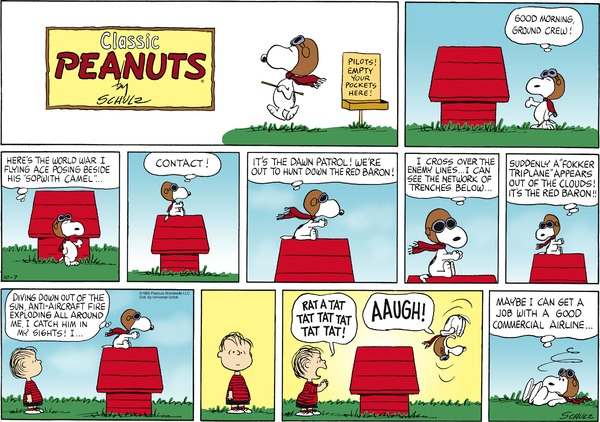4 August 2018
Saved by the bell, which the OED defines as “to be rescued from a difficult situation,” comes to us, as should be no surprise, from the world of boxing. It originally and quite literally referred to a boxer who was about to be beaten into submission only to have the bell ring, signaling the end of round. The origin is so obvious that it shouldn’t require evidence, but there is an absurd-on-its-face explanation that the phrase comes from devices rigged onto coffins that those buried alive could ring if they woke up after having been buried. This myth is pernicious and is repeated by many who should know better.
One of the regulars on this website, Richard Hershberger, turned up the oldest citation of the phrase that I’m aware of. It’s from the Seattle Post-Intelligencer of 30 January 1891:
In the fourth round Ramsey nearly knocked out Hennessey, who was very groggy, but was saved by the bell, and came up well for the fifth.
There are many uses of the phrase in boxing writing in the closing decade of the nineteenth century and the early ones of the twentieth. For instance, there is this from the Washington Post of 19 January 1897:
Wilson clinched repeatedly to avoid a knock-out during the last two rounds, and was saved by the bell in the last round.
The earliest non-boxing use of the phrase that I have found is still a sports writing one, but in reference to baseball, where the use is figurative; the “bell” is a rainstorm that ends the game and saves Yankee pitcher Waite Hoyt from ignominy after being shelled by the Athletics in the first two innings. It’s from the New York Times of 22 June 1928:
Old Jupe turned on a fancy brand of wet goods and Mr. Hoyt staggered gratefully to the bench when Umpire George Hildebrand suspended hostilities. After waiting a reasonable length of time the umpires called the game. Mr. Hoyt was saved by the bell.
As an aside, you don’t get many references to Jupiter Pluvius, or “old Jupe Pluv” as it is phrased elsewhere in the article, in today’s sports writing. (Jupiter Pluvius, or Rainy Jupiter, is reference to him being the god of storms.)
The earliest non-sports use of the phrase that I’ve found is from a Los Angeles Times gossip column from 31 July 1932:
Saved by the Bell
Echo from Chaplin’s English tour. Whenever Charlie Chaplin and Michael Arlen meet, they have an agreement whereby each is permitted to talk about himself without interruption for five minutes by the clock.
Green’s Dictionary of Slang, 2018, s. v. bell, n.1.
Oxford English Dictionary, third edition, December 2012, s. v. save, v.


